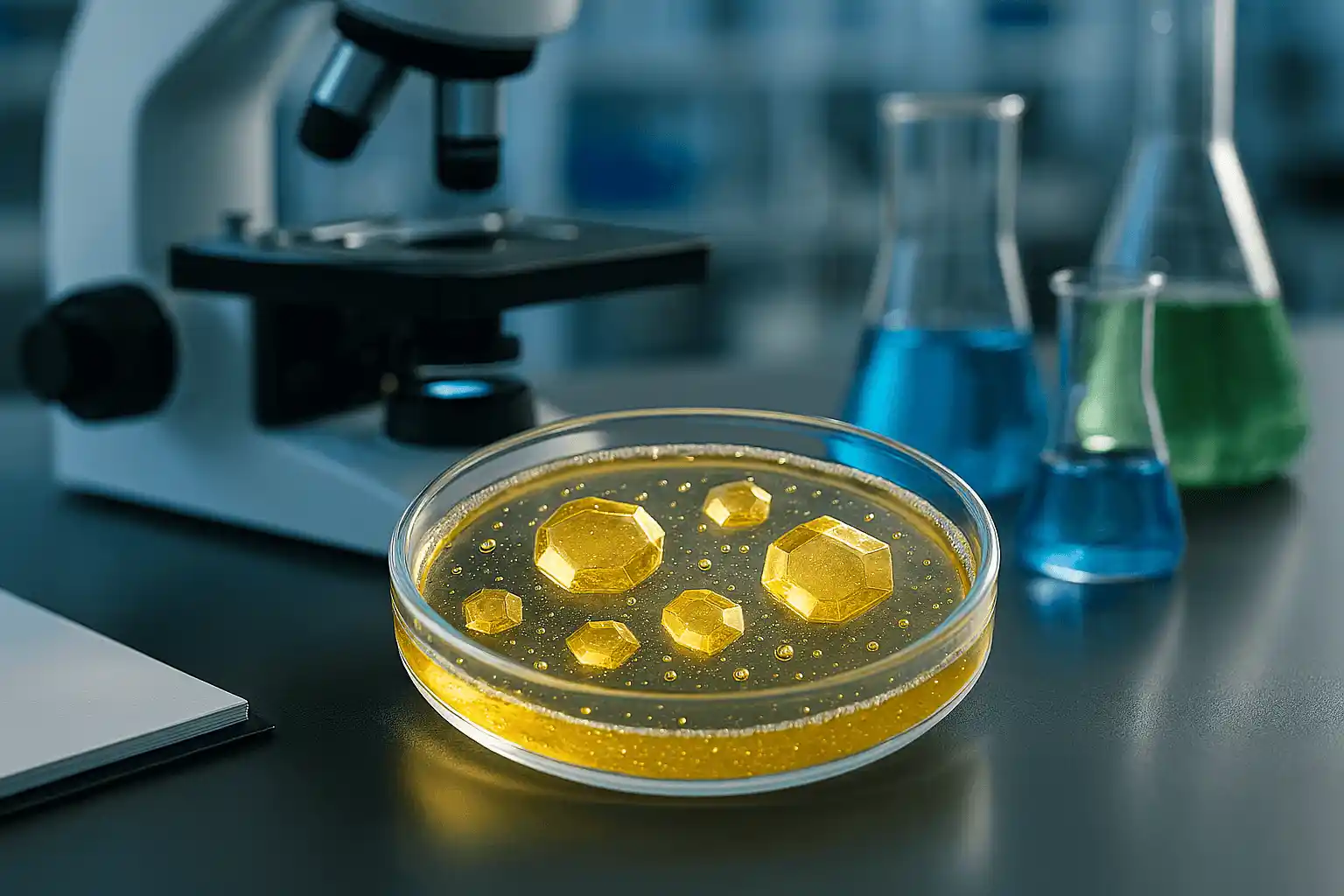
Quantifying Main Trends in Lysozyme Nucleation: Full Factorial Design Application
Pioneering application of full factorial experimental design to elucidate main effects in macromolecule crystallization studies, investigating the combined effects of precipitant concentration, supersaturation, and physiological lysozyme dimer impurities on chicken egg white lysozyme crystal nucleation and dimensional characteristics. As macromolecule crystal growth usually involves the use of multiple solution parameters, the use of experimental design techniques should be considered as part of an experimental strategy.
Determine optimal crystallization conditions for growing high-quality lysozyme crystals by systematically investigating the effect of precipitant concentration (3-7% NaCl), supersaturation levels (ln(c/s) 2.4-3.0), and physiological lysozyme dimer impurities (0-0.9%) using minimal experimental effort through factorial design methodology.
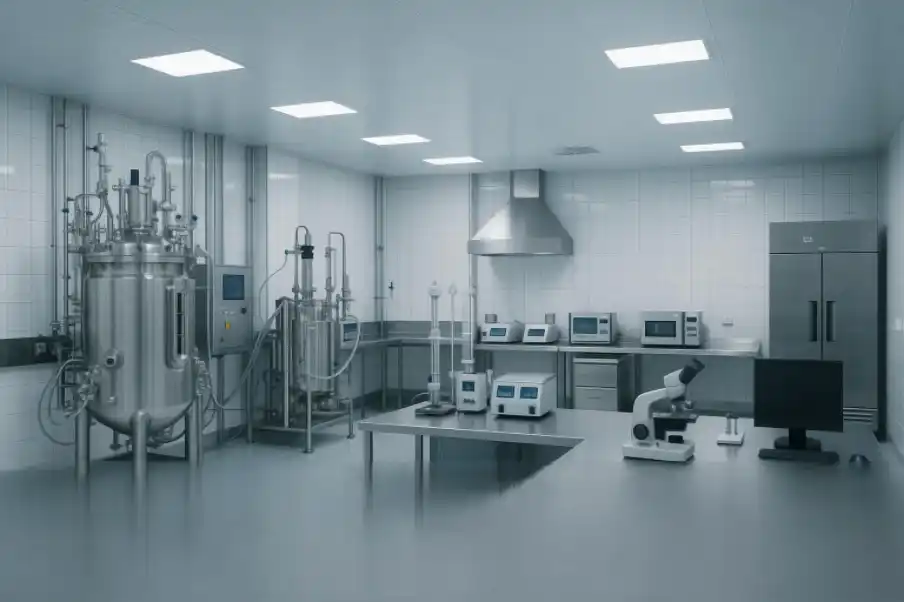
Multivariate vs Univariate Process Development Approach
Revolutionary comparison study demonstrating the superiority of multivariate chemometric approaches over traditional univariate methods in pharmaceutical process development of glycosaminoglycans, achieving dramatic improvements in efficiency and sustainability while obtaining AIFA regulatory approval.
Transform an industrially unsustainable process using expensive raw materials into an efficient, scalable manufacturing process with AIFA approval while maintaining product quality and developing innovative by-product utilization strategies.
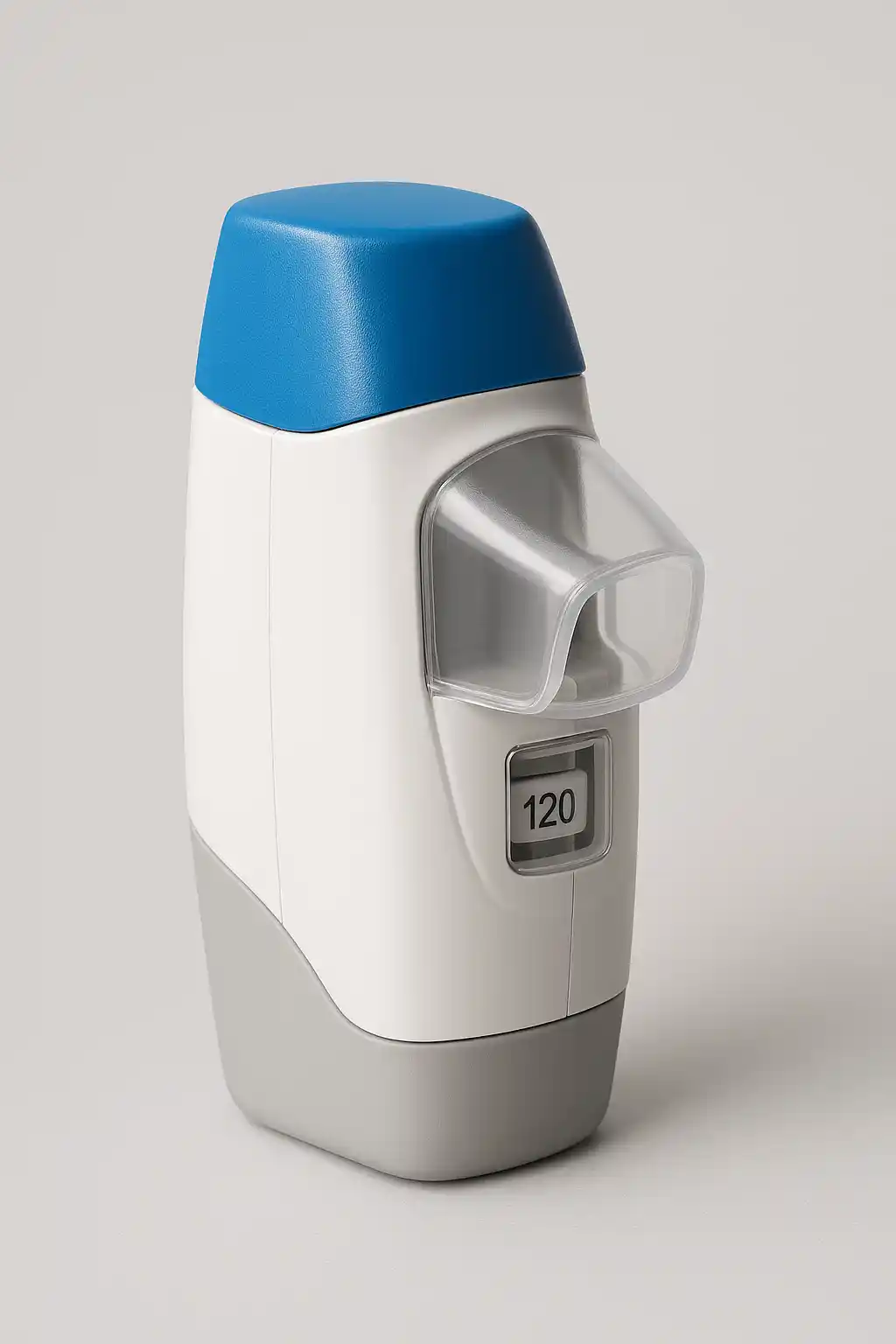
Multivariate Evaluation of API Particle Size Distribution Effects on DPI Performance
Comprehensive chemometric study comparing traditional PSD descriptors with full distribution curves using Principal Component Analysis and Multiple Linear Regression to optimize aerodynamic particle size distribution of respirable pharmaceutical powders. Investigation of API particle size distribution effect on Dry Powder Inhaler aerodynamic performance using 25-point distribution curves through PCA instead of traditional descriptors (D10, D50, D90).
Evaluate whether 25-point particle size distribution curves provide better understanding than D10, D50, D90, and SPAN descriptors for predicting final drug product aerodynamic performance in NEXThaler® device applications.
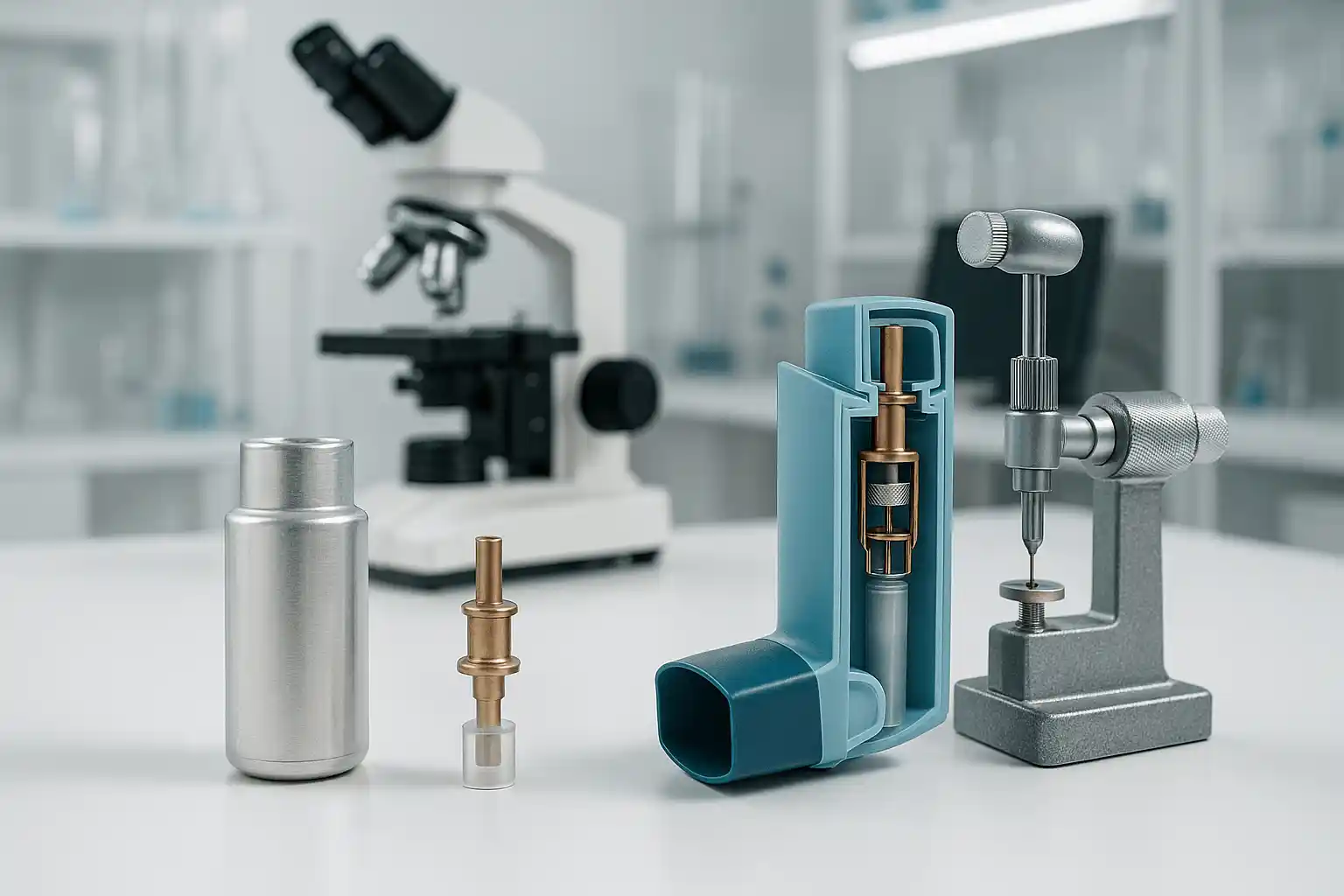
pMDI Actuator Performance Comparison by Integrated Multivariate Approach
Comprehensive multivariate investigation of actuator geometrical characteristics correlation with aerodynamic performance of pressurized Metered Dose Inhalers using integrated chemometric approach for predictive design optimization and performance enhancement.
Understand the complex relationship between actuator geometry parameters (exit orifice diameter, sump volume, expansion chamber design) and final aerodynamic performance to enable predictive design and reduce development time.
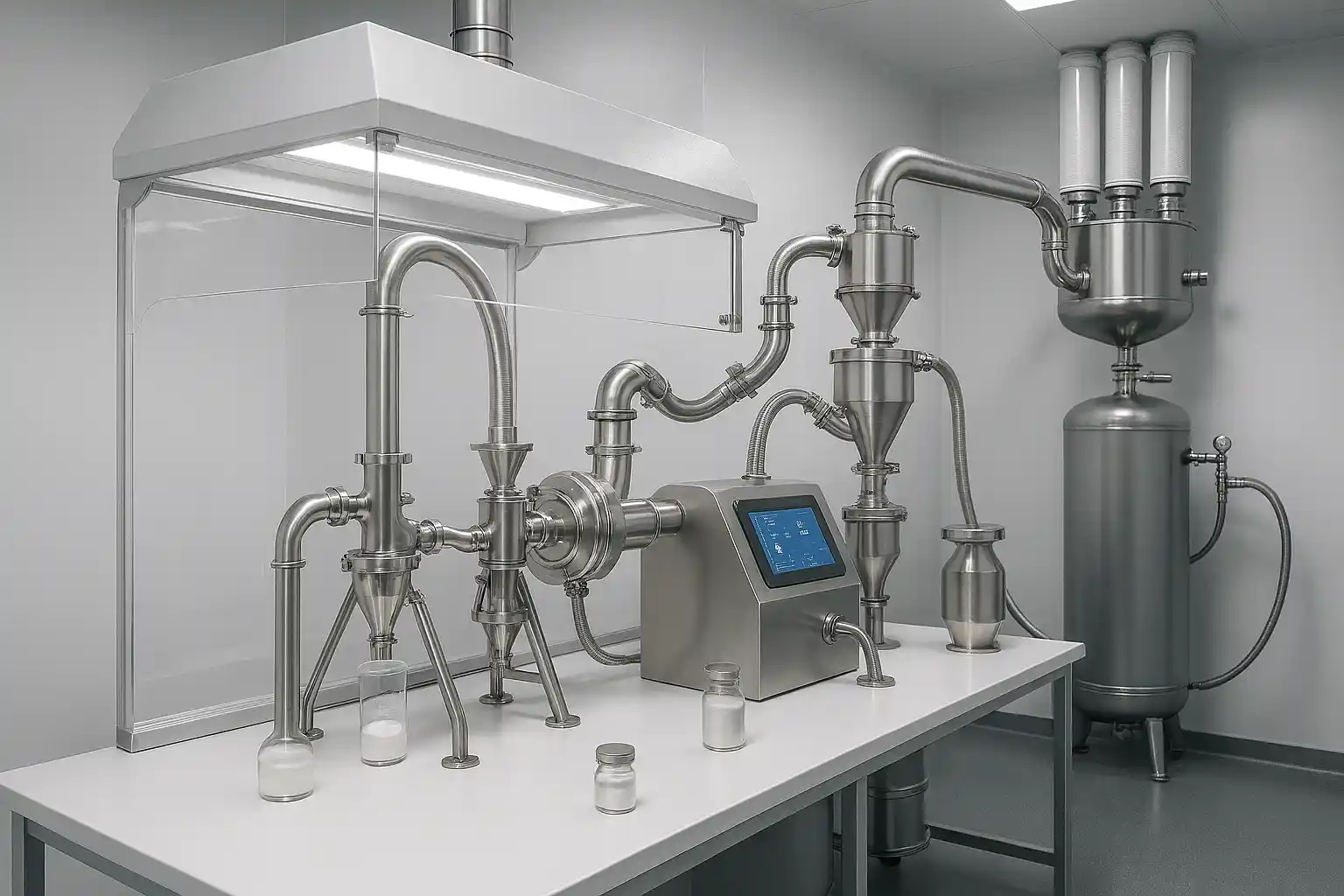
Sequential "Asymmetric" D-Optimal Designs for Resource-Limited API Micronization
Innovative approach to experimental design addressing limited resources in pharmaceutical development through asymmetrical D-optimal designs, enabling increased experimental efficiency while maintaining model quality for Active Pharmaceutical Ingredient micronization optimization in Dry Powder Inhaler applications.
Optimize API micronization process with severely limited resources (200 units total) where experiment costs varied dramatically (2-14 units per experiment) based on process conditions, requiring innovative asymmetrical design strategies to maximize information while respecting constraints.
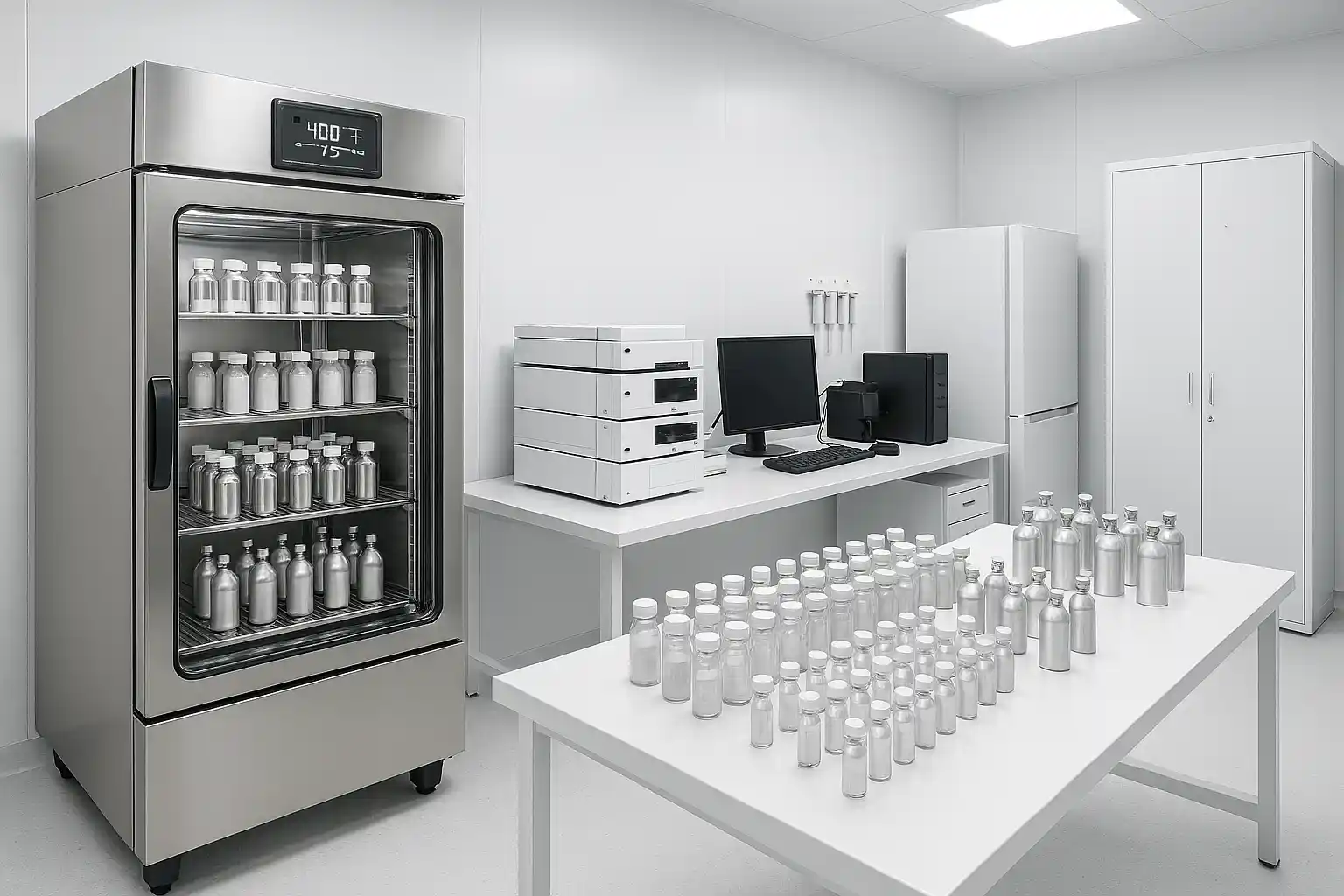
D-Optimal Application as Efficient Tool During Formulation Feasibility Studies of Novel MDIs Drug Products
Comprehensive comparison study demonstrating the superiority of D-Optimal design over traditional One Variable at a Time (OVAT) approach for screening variables affecting chemical stability in pressurized Metered Dose Inhaler solution formulations, achieving dramatic workload reduction while maintaining or improving information quality.
Screen 4 critical variables (valve type, canister type, headspace air, storage conditions) affecting API chemical stability in pMDI formulations. Traditional OVAT approach required 144 samples (48 configurations × 3 replicates), creating heavy workload and high costs during formulation feasibility studies.
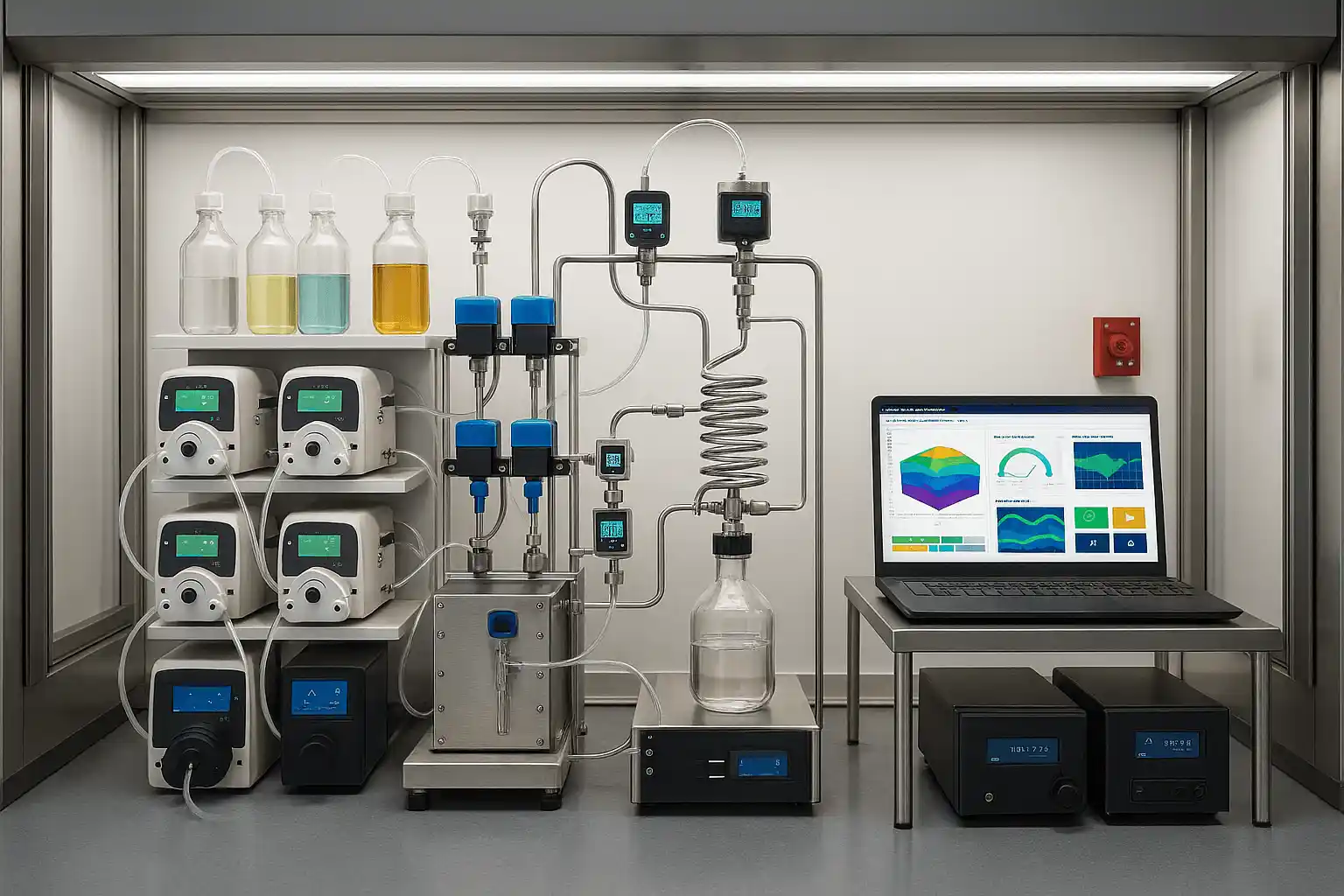
Flow Chemistry: Design of Experiments Implementation in Continuous Processing
Comprehensive case studies demonstrating the successful industrial application of Design of Experiments in flow chemistry processes, showcasing both aromatic nitration and selective ester reduction reactions using CSTR technology with advanced process control and optimization strategies for pharmaceutical manufacturing.
Scale-up two complex flow chemistry reactions from laboratory to industrial scale: selective aromatic nitration minimizing bis-nitrated impurities (<0.1%) and DIBAL-H selective reduction at cryogenic temperatures (-50°C), requiring sophisticated DoE optimization and custom reactor design.
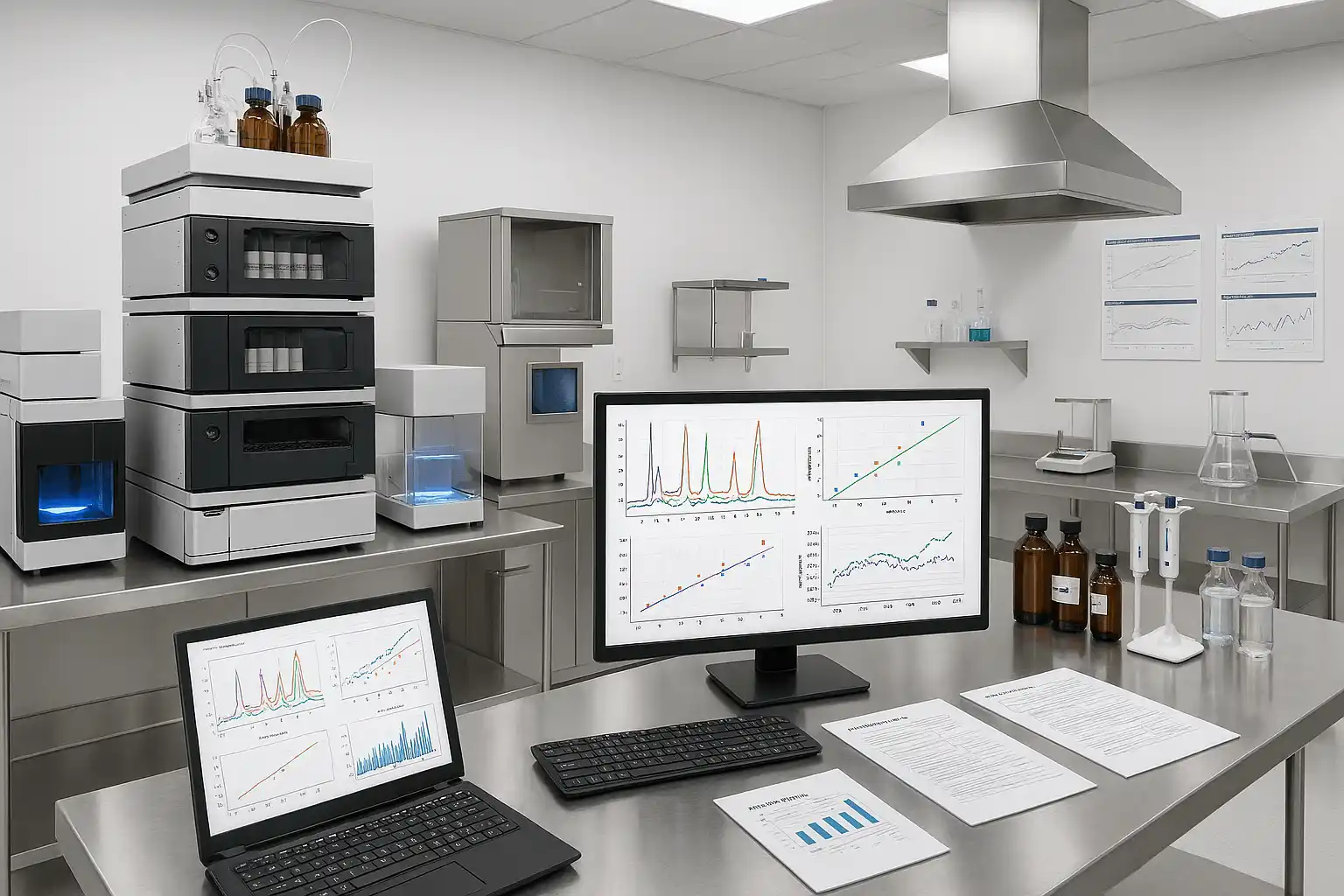
Dimethyl Fumarate: Heterogeneous Catalysis for the Development of an Innovative Flow Synthesis
Development of an improved continuous flow synthesis for the active pharmaceutical ingredient dimethyl fumarate using heterogeneous catalysis and Design of Experiments optimization, solving critical issues of previous commercial production strategies including complete conversion achievement and toxic impurity avoidance.
Replace mineral acid catalysts to avoid carcinogenic byproducts (dimethyl sulfate, methylchloride), develop efficient flow process with high conversion using heterogeneous catalyst suitable for API production, and implement cheap water scavenger for complete esterification conversion.

Industrial Reductive Amination Reaction Optimization
Multi-step experimental design study for optimizing reductive amination reactions in pharmaceutical API synthesis, focusing on maximizing yield while minimizing impurities through systematic approach to reaction conditions.
Achieve maximum isolated yield while minimizing total impurities in reductive amination reactions, crucial for pharmaceutical API production, using DoE approach to identify optimal reducing agents and reaction conditions.
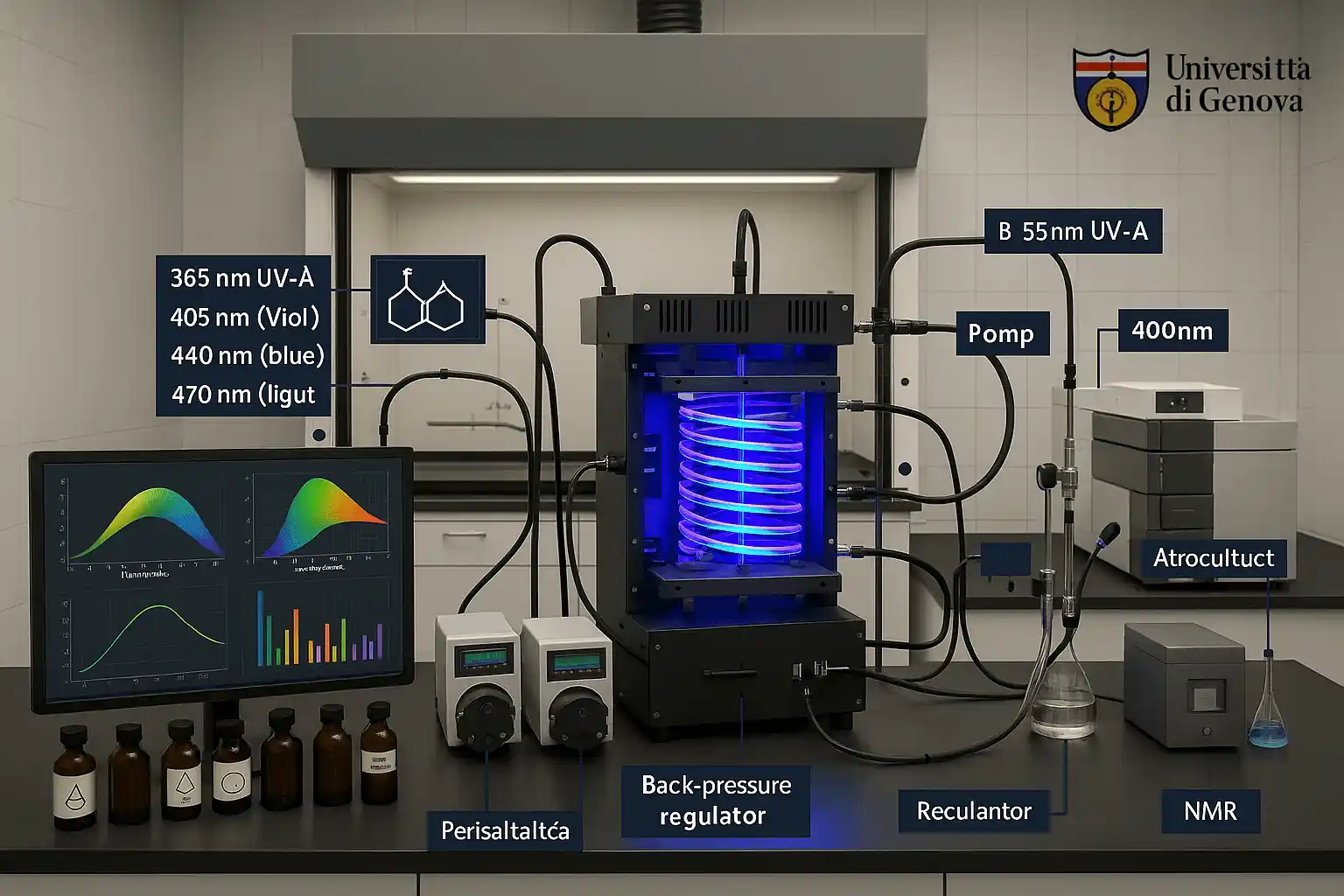
Two photons are better than one: continuous flow synthesis of β-lactones through a doubly photochemically-activated Paternò-Büchi reaction
Innovative [2+2] cycloaddition reaction between ketenes and benzils, characterized by an unusual double photochemical activation triggered by visible light. Employment of a flow system and optimization of reaction conditions through Design of Experiments resulted in moderate to good yields of the corresponding β-lactones.
Develop a novel synthetic pathway combining photogeneration of ketenes with catalyst-free [2+2] photocycloaddition with benzils, optimizing reaction conditions through Design of Experiments to achieve maximum yield while demonstrating complete regioselectivity with mixed benzils.

Isolation of High-Added Value Products by Supercritical CO2 Extraction and NLC Characterization
Comprehensive research project developing green extraction techniques using supercritical CO2 for bioactive compounds from food waste materials, followed by nanostructured lipid carrier synthesis optimization using multivariate design approaches for enhanced antioxidant stability and bioavailability.
Develop sustainable extraction processes from Amaranthus cruentus seeds and tomato industrial waste using supercritical CO2, optimize lycopene-rich oleoresin extraction through D-optimal design, and synthesize protective nanostructured lipid carriers achieving maximum encapsulation efficiency for unstable bioactive compounds.
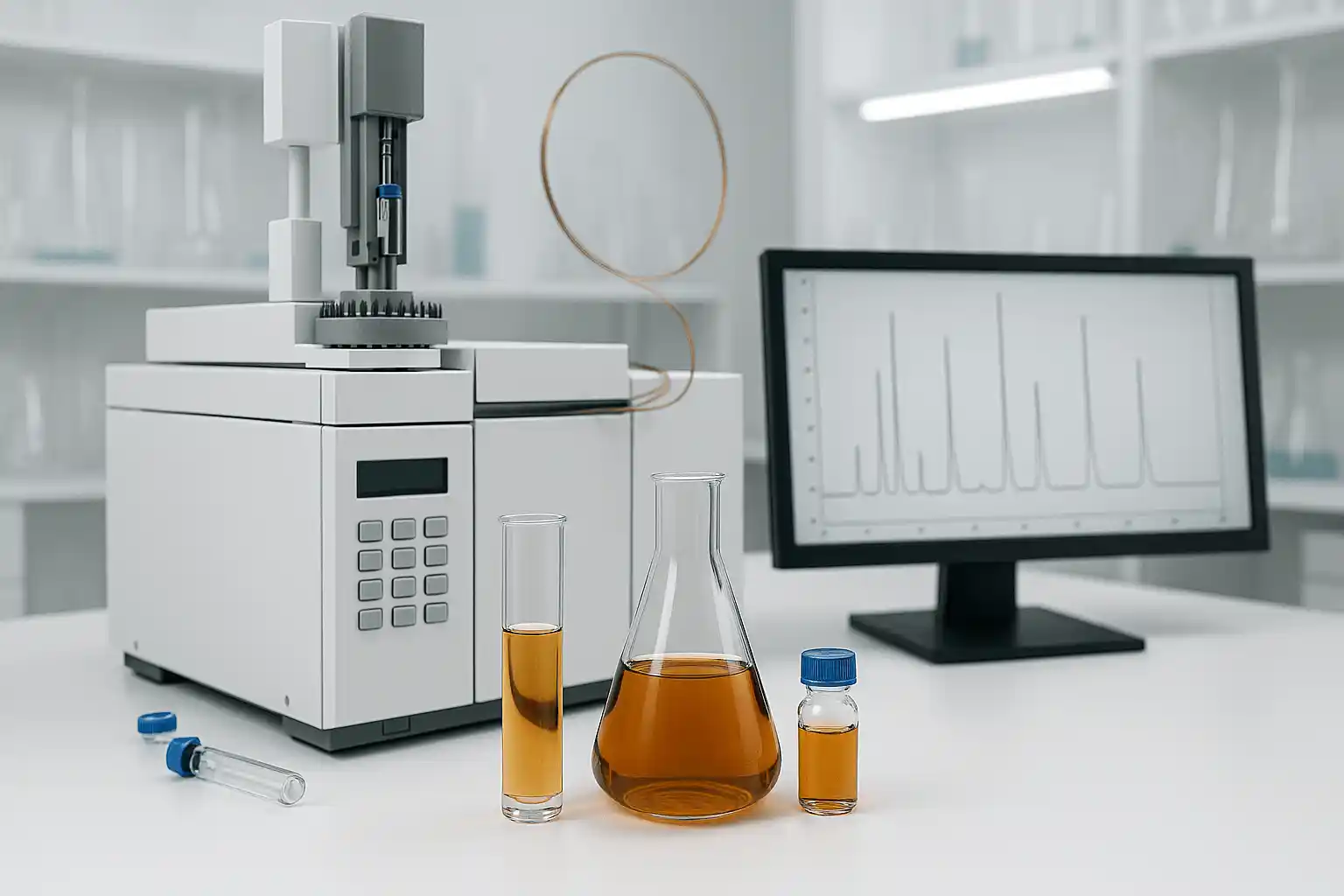
Fast GC analysis of major volatile compounds in distilled alcoholic beverages
Optimization of injection and chromatographic conditions for rapid quantification of principal secondary flavour compounds in distilled spirits using split injection to a 0.15 mm internal diameter capillary column, achieving substantial decrease in analysis time for high throughput processing of samples.
Translate standard GC technique for distilled spirits compounds to a short 0.15 mm I.D. narrow-bore column while maintaining optimum combination of quantification limit, peak resolution and analysis time using experimental design to determine optimal gas velocity, initial oven temperature, oven ramp rate and split ratio parameters.
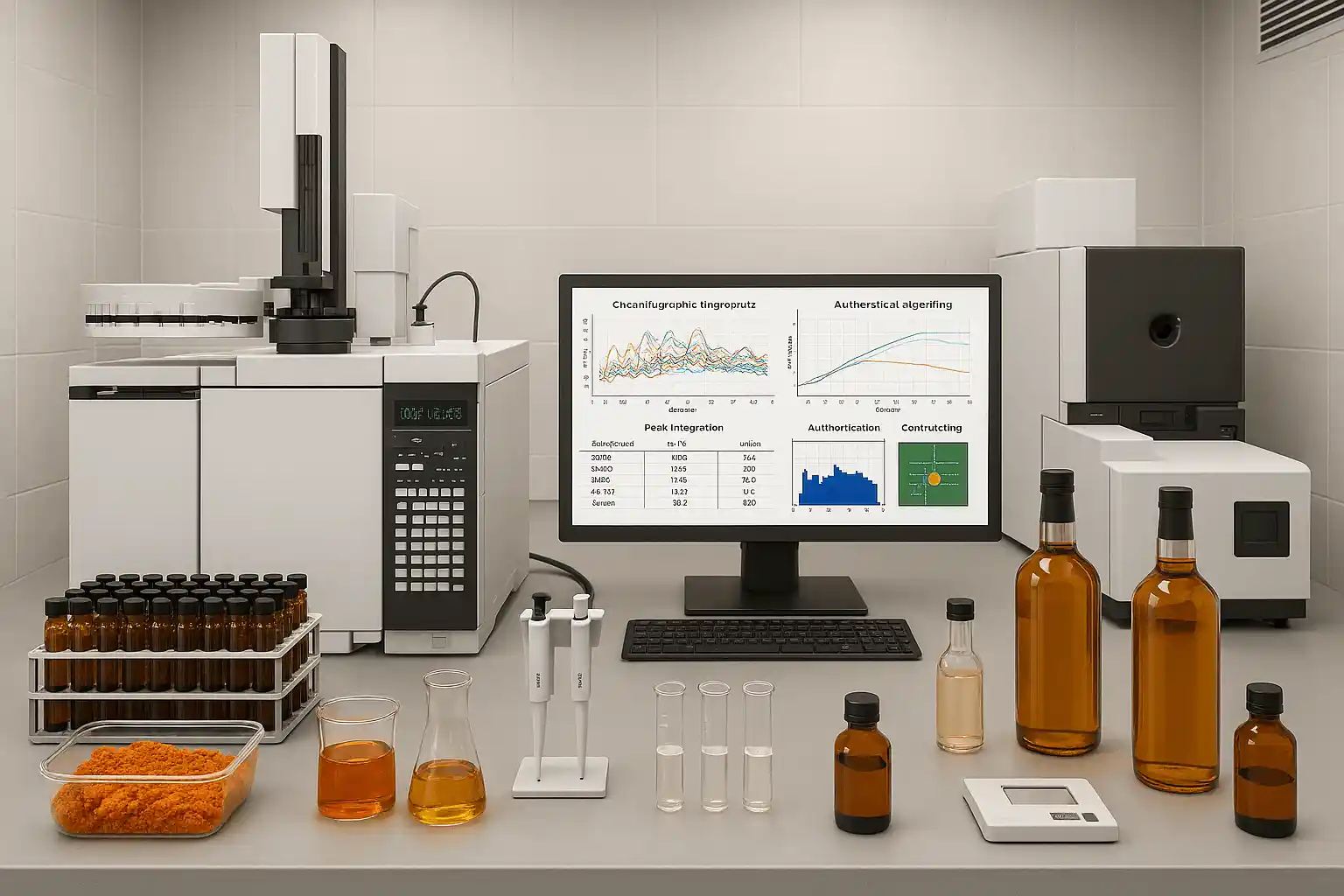
Developments in 2D GC with Heartcutting
Advanced multidimensional gas chromatography technique utilizing heartcutting technology for enhanced separation of complex samples. Modern electronic pneumatic control (EPC) technology enables necessary heartcutting pressure equilibrations for comprehensive analysis of organophosphorus pesticides and alkyl methoxypyrazines in complex matrices.
Develop automated 2D gas chromatography system with heartcutting capability to achieve maximum separation space and resolution for complex sample analysis, overcoming limitations of single column capillary GC while maintaining routine applicability for high-throughput analysis of natural products and environmental samples.
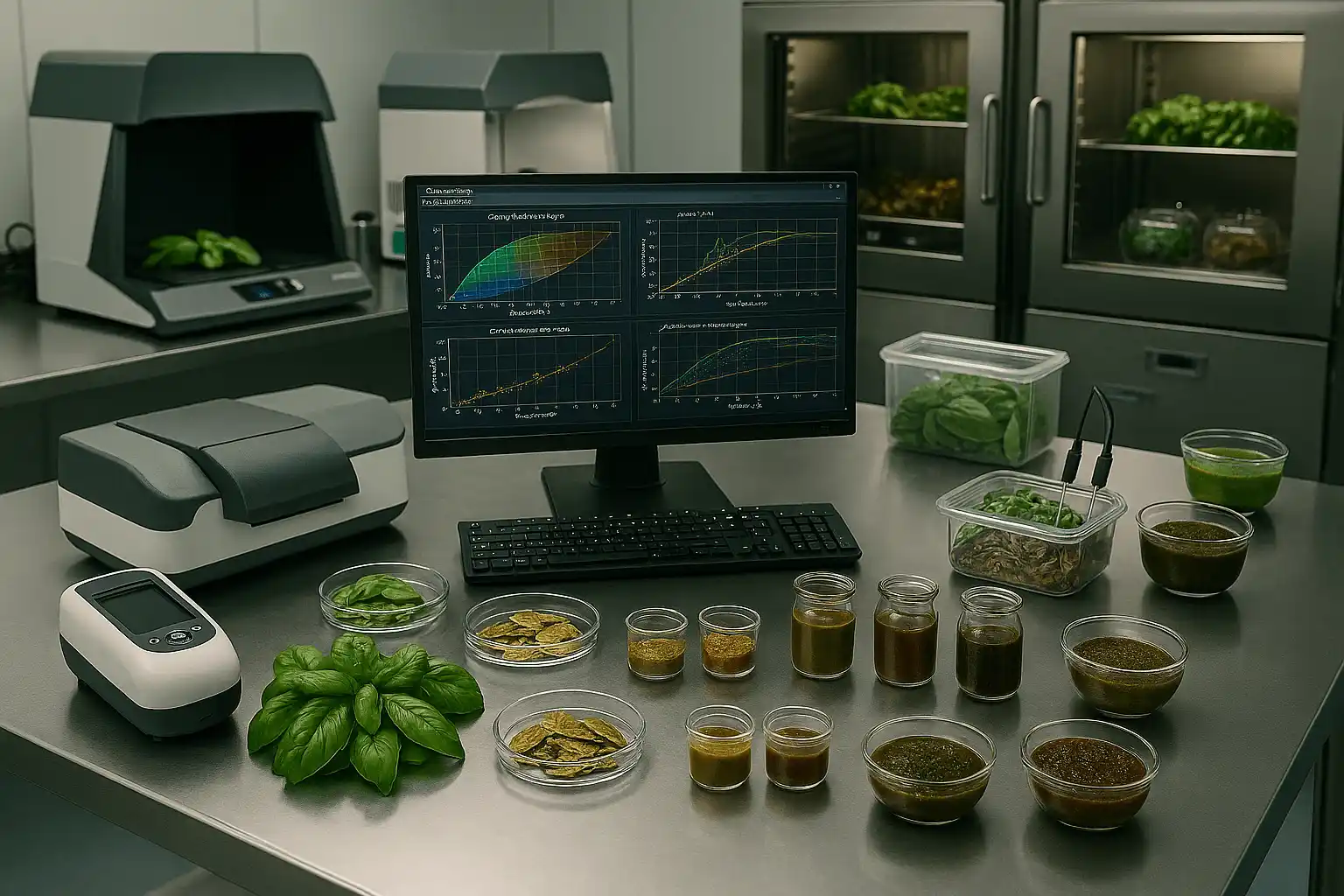
A Preliminary Color Study of Different Basil-Based Semi-Finished Products during Their Storage
Fast and non-destructive spectrophotometric analysis to monitor color variations in basil-based semi-finished products during shelf-life. Alternative formulations adjusting preservative agents (ascorbic acid, citric acid, or mixture) and introducing blast chilling treatment were evaluated to better preserve product color during storage.
Monitor color stability of basil-based semi-finished products during 3-month refrigerated storage while evaluating alternative formulations to limit color variation. Color is fundamental for acceptability by pesto sauce manufacturers, requiring maintenance of bright green appearance throughout shelf-life.

Chemometric Analysis for Food Quality Control and Process Monitoring
Advanced chemometric approach combining NIR spectroscopy with multivariate data analysis for food product quality control. The research developed robust models for process monitoring, authentication, and anomaly detection in food manufacturing, demonstrating the effectiveness of spectroscopic methods coupled with pattern recognition techniques.
Develop comprehensive chemometric methodologies for food quality assessment using non-destructive analytical techniques, addressing authentication, contamination detection, and process optimization challenges in industrial food production environments.
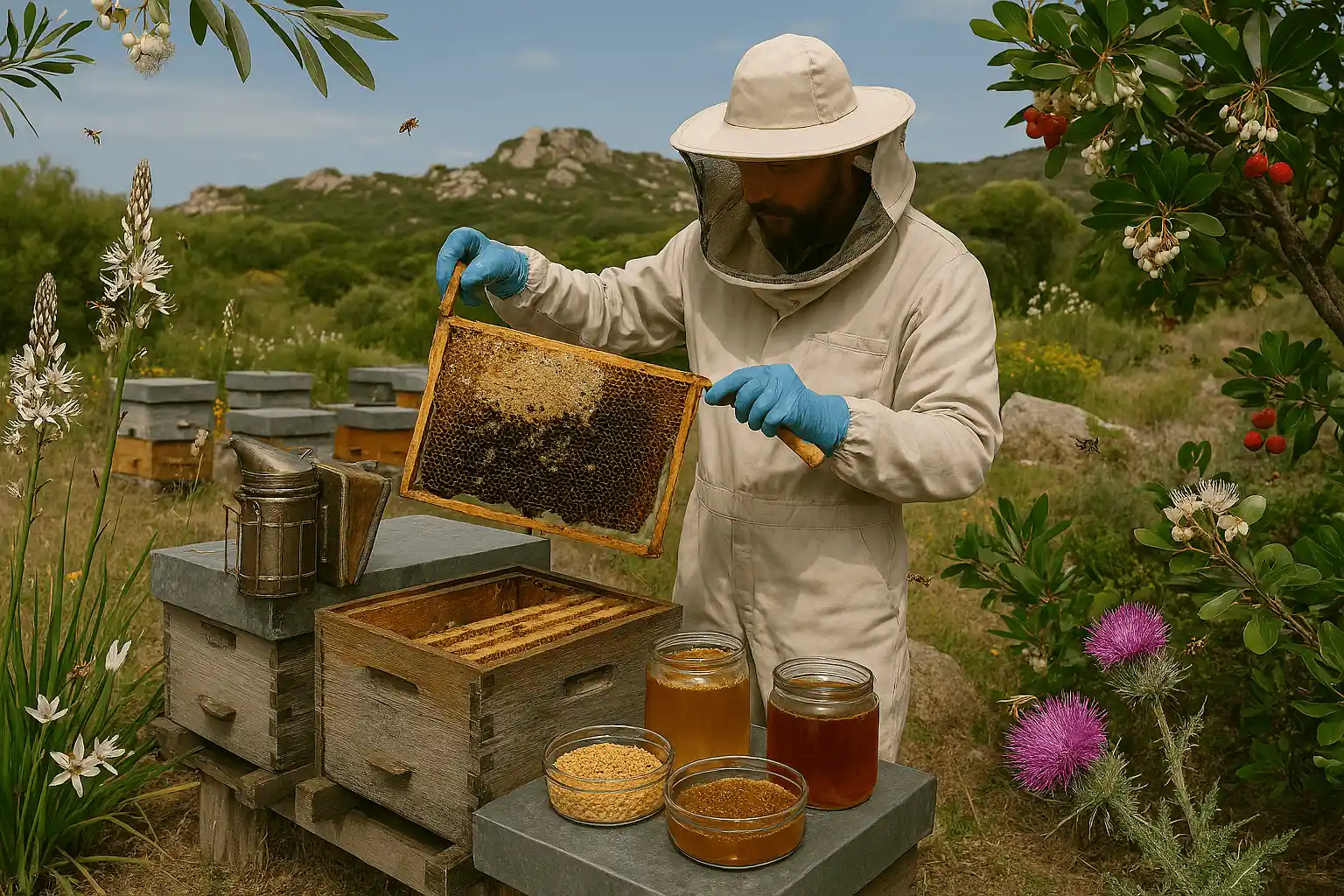
Multi-Elemental Analysis for Safety and Origin Authentication of Sardinian Unifloral Honeys
Comprehensive ICP-MS method development and validation for simultaneous determination of 23 trace and toxic elements in four renowned Sardinian unifloral honeys. Combined food safety assessment with chemometric classification achieving reliable botanical origin discrimination through elemental signatures and linear discriminant analysis.
Develop original ICP-MS method for 23 elements of potential health concern in honey matrices while establishing unique elemental signatures for asphodel, eucalyptus, strawberry tree, and thistle honeys to ensure food safety compliance and enable botanical origin authentication through chemometric analysis.

Detection of Barley Addition to Coffee Using NIR Spectroscopy and Chemometric Techniques
Comprehensive study using near infrared spectroscopy combined with advanced chemometric methods to identify and quantify fraudulent barley addition in roasted coffee samples. Applied D-optimal design and genetic algorithm variable selection to develop robust models across nine coffee types and four barley varieties with exceptional predictive accuracy.
Develop fast, reliable, and non-destructive analytical method to detect barley adulteration in coffee from 2-20% w/w across different coffee varieties (pure Arabica, Robusta, mixtures) and roasting degrees, using representative sampling strategy to ensure wide applicability for food fraud prevention in the coffee industry.
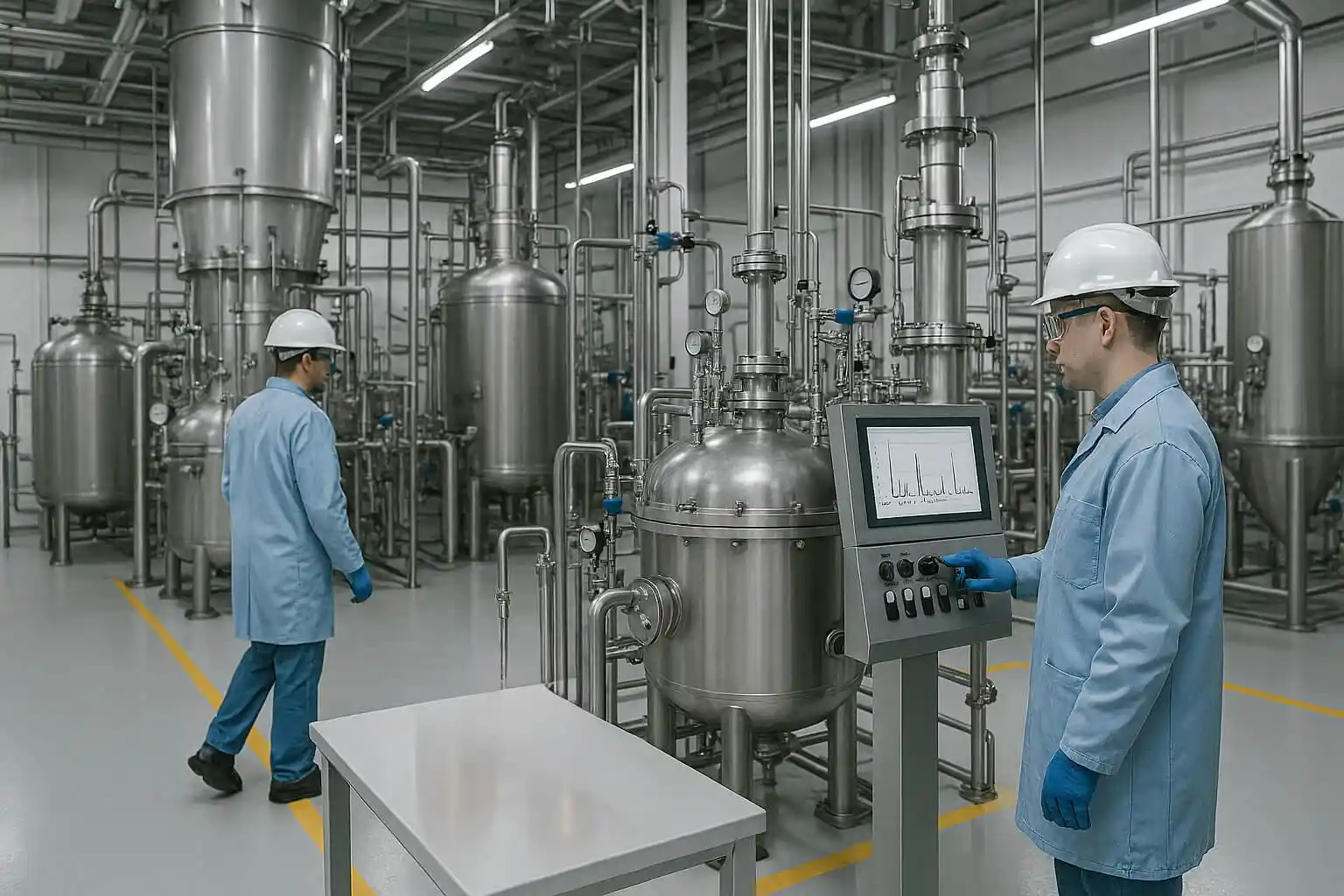
Industrial Production Optimization Case Studies
Comprehensive application of multivariate statistical methods to optimize industrial chemical production processes, demonstrating practical implementation of chemometric solutions in manufacturing environments through real-world case studies presented at the Chemometrics Workshop.
Apply advanced chemometric techniques to real industrial production scenarios, addressing multiple process optimization challenges while maintaining production efficiency and quality standards in chemical manufacturing processes at Lamberti S.p.A.
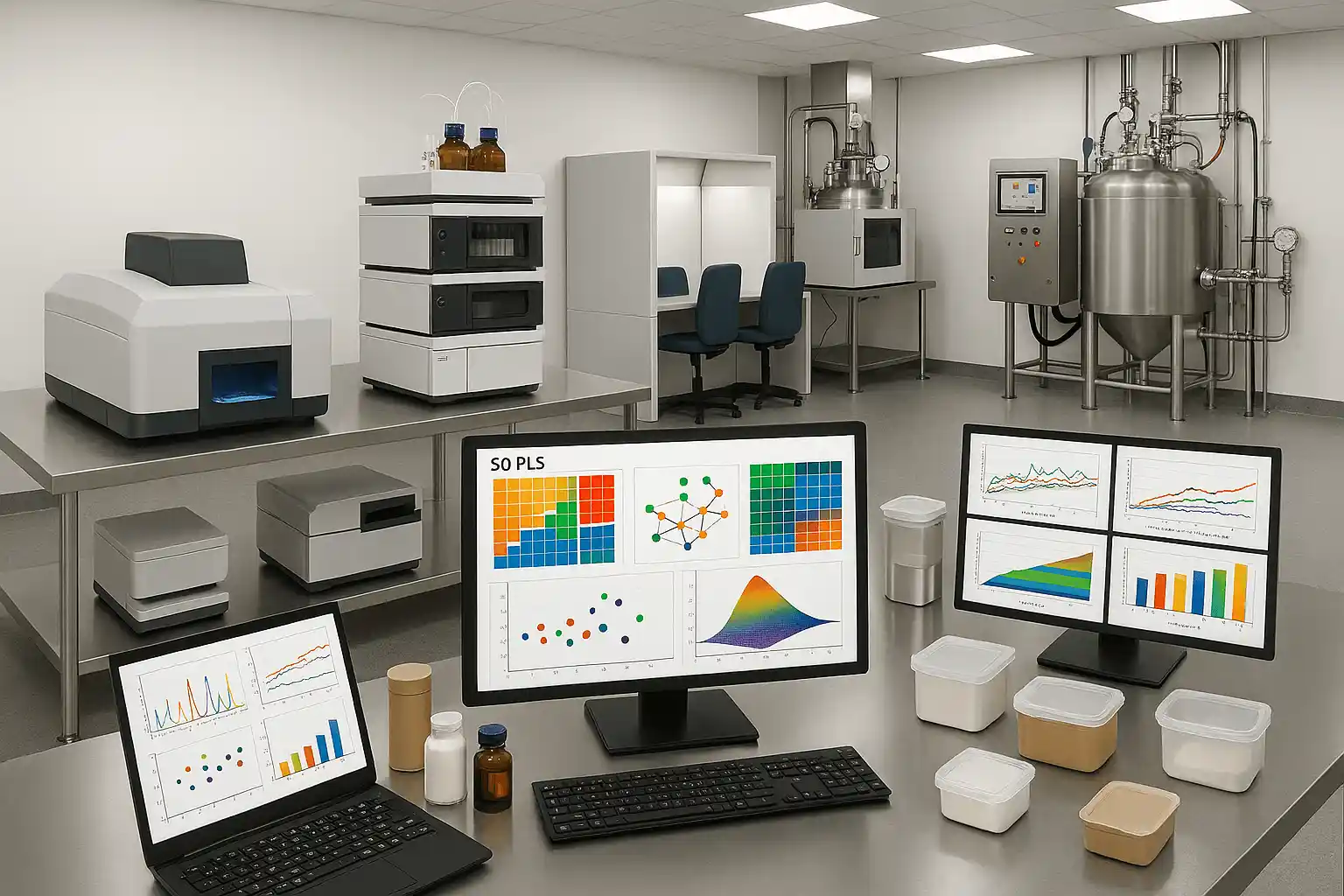
Multi-Block Analysis of Industrial Flagship Product
Comprehensive multi-phase analysis integrating process variables, NIR spectroscopy, chemical characterizations, and sensory data using SO-PLS and advanced multi-block strategies for predictive model development of new product lines in industrial manufacturing environments.
Develop predictive models correlating production process with product outcomes using multiple data blocks (process, NIR, chemical, sensory) to facilitate new product line development with reduced resource investment while maintaining quality standards and understanding product-process relationships.
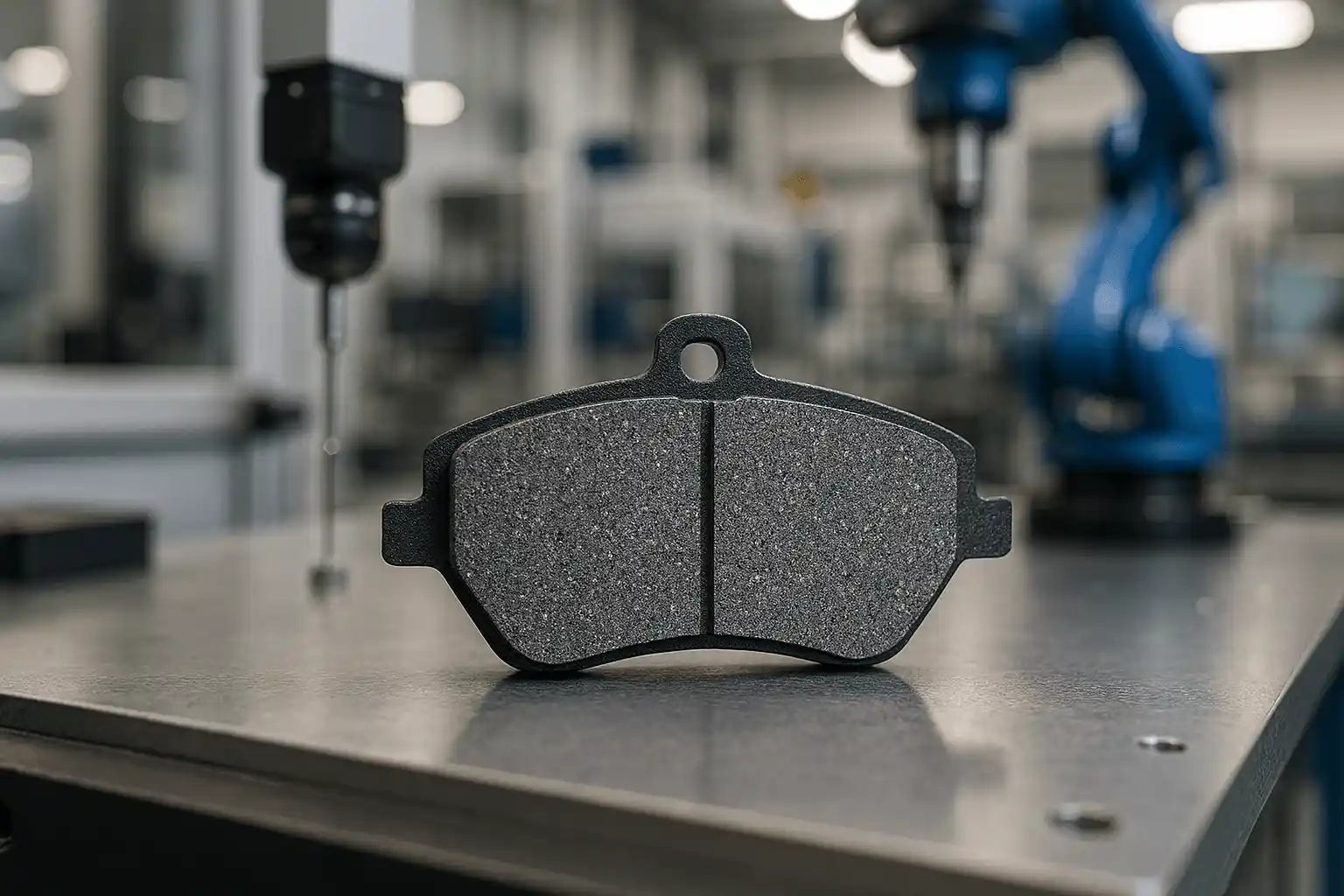
Application of chemometrics to the production of friction materials: Analysis of previous data and search of new formulations
Comprehensive application of chemometrics to analyze complex friction material formulations containing up to 18 different components chosen from over 800 possible raw materials, optimizing formulations through experimental design, mixture design, and multivariate analysis for automotive brake applications.
Optimize friction material formulations from over 800 possible raw materials while managing multiple quality responses (friction coefficient, comfort, wear) simultaneously and addressing process constraints, component interactions, and multicriteria optimization requirements for automotive applications.
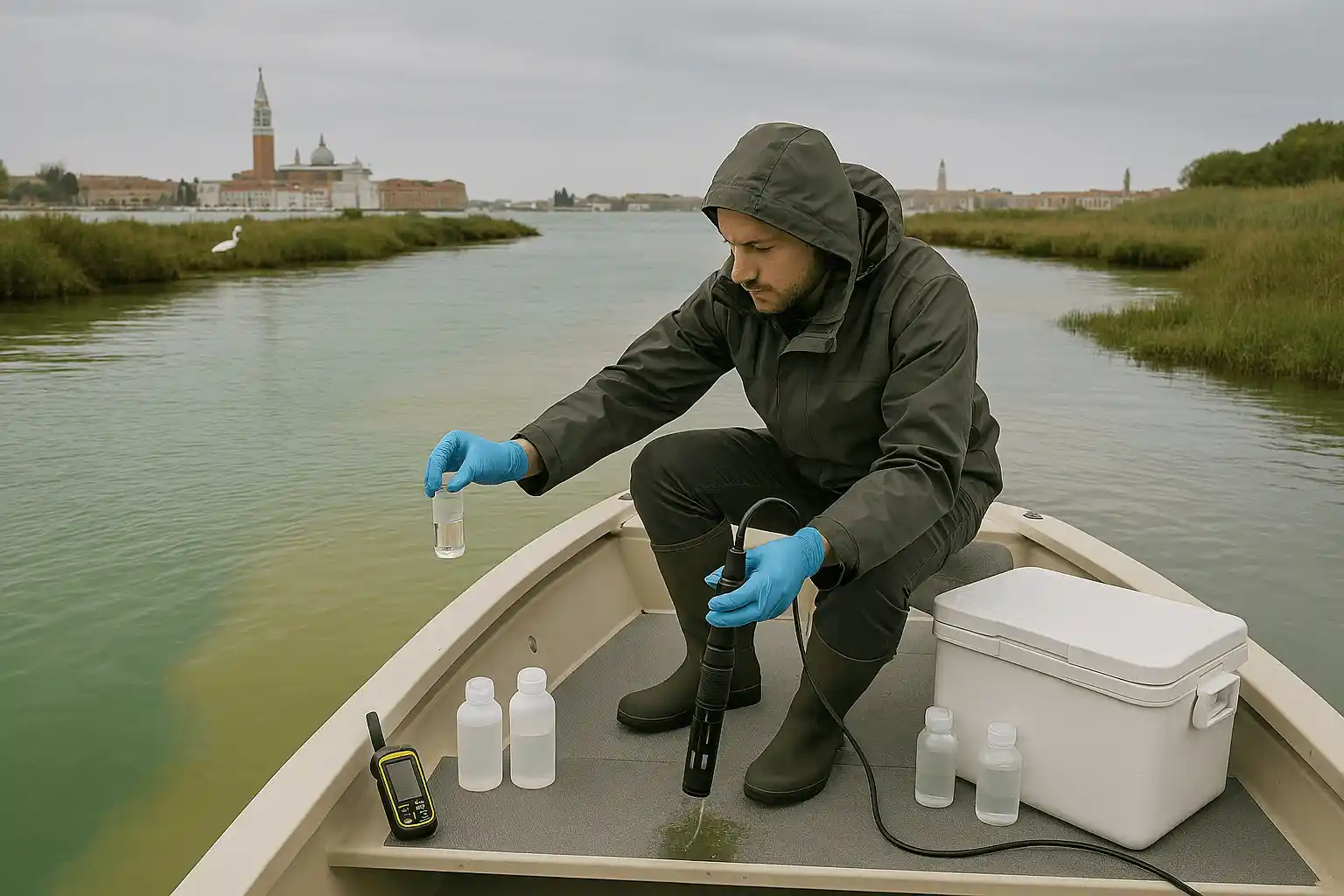
Three-Mode PCA Analysis of Venice Lagoon Environmental Monitoring
Advanced chemometric application using three-mode principal component analysis to interpret 4 years of environmental monitoring data from Venice lagoon. The study analyzed water quality parameters across 13 sampling sites to identify spatial pollution patterns, seasonal effects, and temporal trends in eutrophication and nutrient dynamics.
Process complex three-way environmental dataset (13 sites × 11 variables × 44 months) to extract meaningful spatial and temporal patterns from Venice lagoon monitoring data, identifying pollution sources from industrial areas and urban discharge while detecting seasonal variations and long-term environmental trends.
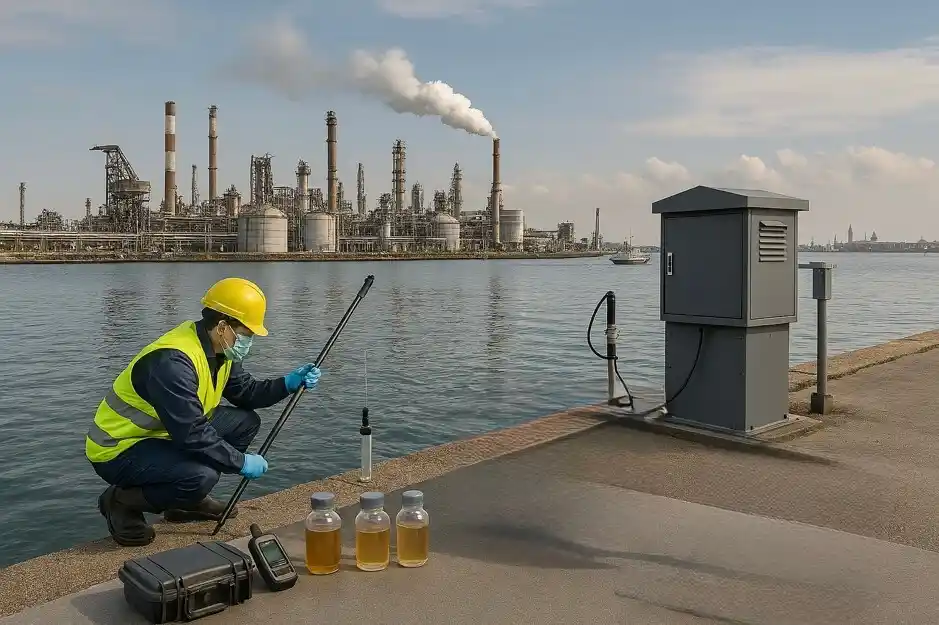
Chemometric Analysis of Porto Marghera Industrial Discharges
Comprehensive application of chemometric methods to analyze industrial wastewater from Porto Marghera's 142 discharge points, using multivariate analysis to characterize pollution patterns and identify contamination sources affecting the Venice Lagoon ecosystem through systematic database analysis.
Analyze comprehensive database of almost 250 industrial wastewater samples with up to 57 chemical variables each, from 142 discharge points to identify main differences among discharge points, temporal pollution trends, and contamination sources threatening the Venice Lagoon's environmental integrity.

Fast Identification of Polymeric Microplastics Using Infrared Reflectance and Genetic Algorithm Variable Selection
Advanced chemometric approach combining infrared reflectance spectroscopy with supervised classification methods (LDA, QDA, KNN) and genetic algorithm variable selection for rapid identification of weathered microplastics. The study successfully processed polymers weathered under both dry shoreline and submerged seawater conditions, providing practical solutions for environmental monitoring.
Develop robust classification models to accurately identify weathered microplastic polymers from environmental samples using infrared spectroscopy, overcoming spectral alterations caused by physical and chemical weathering processes while maintaining high prediction accuracy for field-collected samples from Mediterranean beaches.
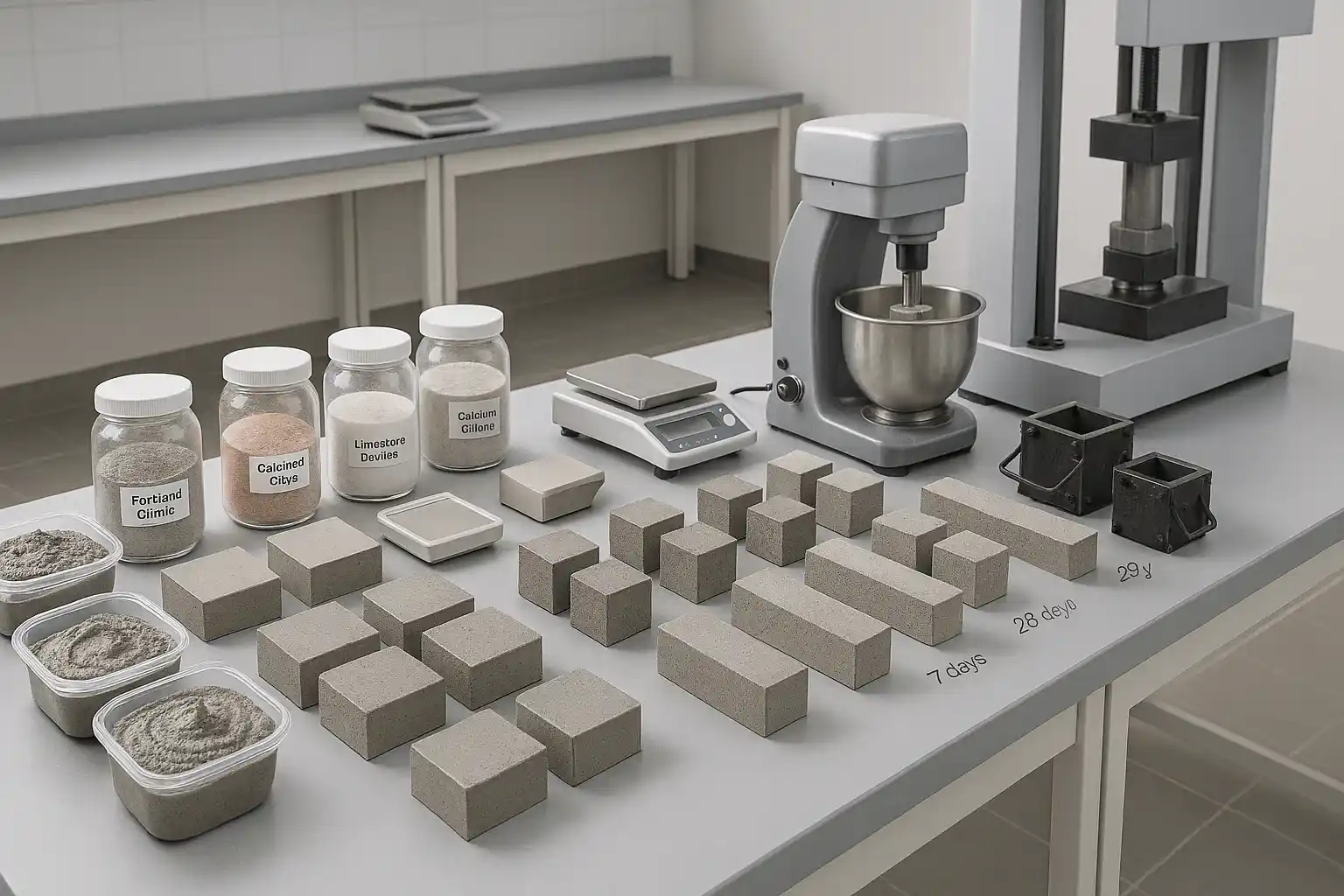
Development of Eco-Efficient Limestone Calcined Clay Cement (LC3) Mortars by Multi-Step Experimental Design
Comprehensive chemometric optimization of sustainable LC3 cement formulations using multiple linear regression and principal component analysis. Three-step mixture-process design approach successfully reduced clinker content while maintaining or improving physical and mechanical properties through systematic exploration of component ratios and process parameters.
Minimize clinker content in cement production while maintaining or improving technical characteristics (compressive strength, flexural strength, modulus of elasticity) and reducing environmental impact. Required optimization of four-component mixture (clinker, calcined clay, limestone powder, calcium sulfate) across multiple performance criteria with complex interactions between components.
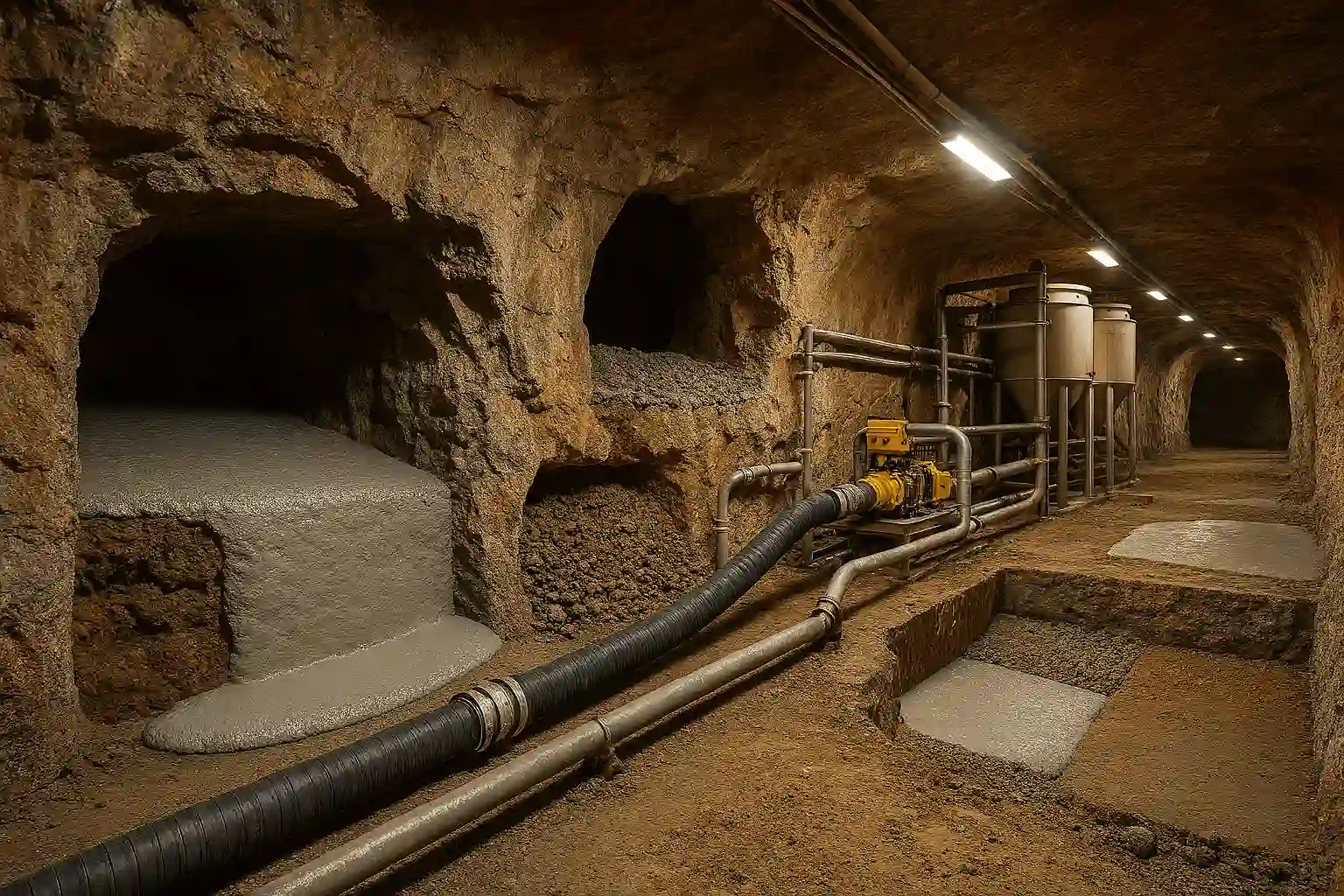
Chemometric Optimization of Cemented Paste Backfill Solutions
Advanced chemometric approach for optimizing cemented paste backfill materials in mining operations. Applied mixture-process design methodology to develop sustainable backfill solutions that maximize mining waste utilization while ensuring adequate mechanical properties for underground cavity stabilization and environmental protection.
Develop optimized cemented paste backfill formulations that achieve required compressive strength and rheological properties while maximizing mining tailings content and minimizing cement binder usage for cost-effective and environmentally sustainable underground mining operations.

Effects of Visual Training on Motor Performance in Young Tennis Players Using FitLight Trainer
Comprehensive study applying chemometric analysis including Multiple Linear Regression and Principal Component Analysis to evaluate the effectiveness of 6-week visual training protocol on motor performance in young tennis players. Used FitLight Trainer technology to assess reaction time improvements and coordination development in both athlete and non-athlete children aged 7-12 years.
Evaluate whether a structured 6-week visual training protocol using FitLight Trainer could significantly improve reaction time, lateral shift precision, and hand-eye coordination in young tennis players compared to non-athletes, measuring performance differences between dominant and non-dominant hands across different age groups.

Multivariate Statistical Analysis Applied to Rowing Performance Optimization
Innovative collaboration between ChemometricSolutions and the Italian Rowing Federation applying advanced multivariate statistical analysis to optimize rowing performance. The project involved comprehensive analysis of multiple variables affecting rowing technique, biomechanics, and performance outcomes to develop data-driven training strategies for elite athletes.
Rowing is one of the most complex sports from a variable management perspective. The challenge was to rationalize the numerous interconnected factors affecting performance - including stroke technique, biomechanical parameters, environmental conditions, and physiological variables - to provide actionable insights for coaches and athletes aiming to improve speed and efficiency in water.
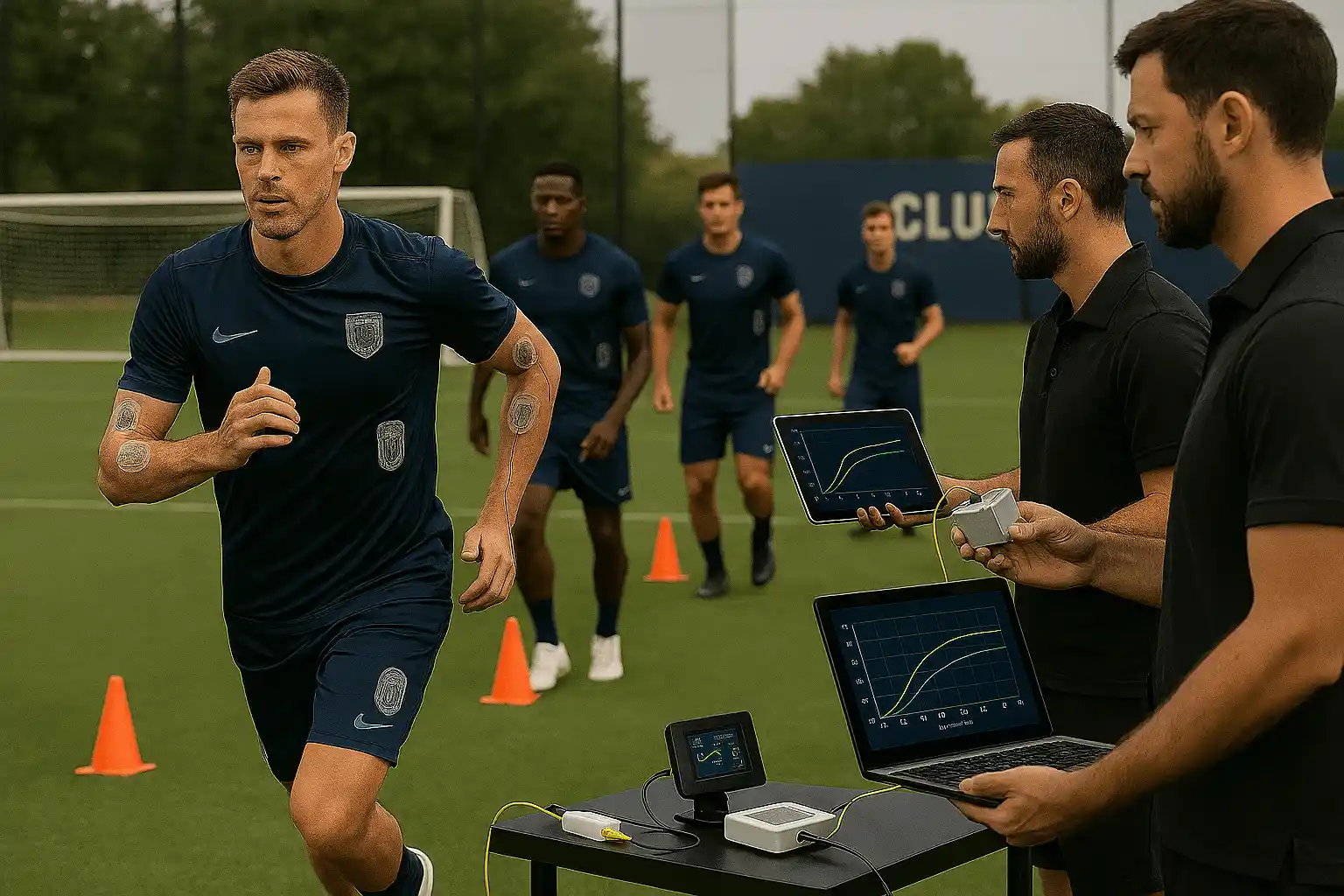
Advanced Chemometric Analysis for Professional Football Athletes Performance Evaluation
Innovative collaboration between Roberto Sassi and Riccardo Leardi applying advanced chemometric methodologies to professional football athletes evaluation. Multi-dimensional analysis of performance metrics, physiological parameters, and training data to optimize player development and team performance across different European football clubs including Sampdoria and Chelsea FC.
Develop comprehensive evaluation systems for professional football athletes using multivariate analysis to assess physical performance, training response, and injury prevention across different teams and playing conditions, integrating sports science methodology with advanced statistical analysis for optimal player development strategies.

Tailoring Water-Based Graphite Conductive Ink Formulation for Enzyme Stencil-Printing
Revolutionary experimental design approach to develop water-based graphite conductive inks containing enzymes and redox mediators for fully printed wearable biosensors. Applied face-centered design optimization to enhance electrochemical parameters and rheological properties for lactate and glucose monitoring in sports medicine and remote clinical care.
Optimize water-based graphite ink formulation incorporating lactate oxidase and glucose oxidase with redox mediators to achieve high electroactive area, superior electron transfer rates, and optimal rheological properties for stencil-printing wearable biosensors with exceptional performance and stability.